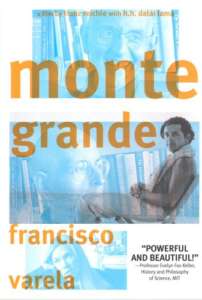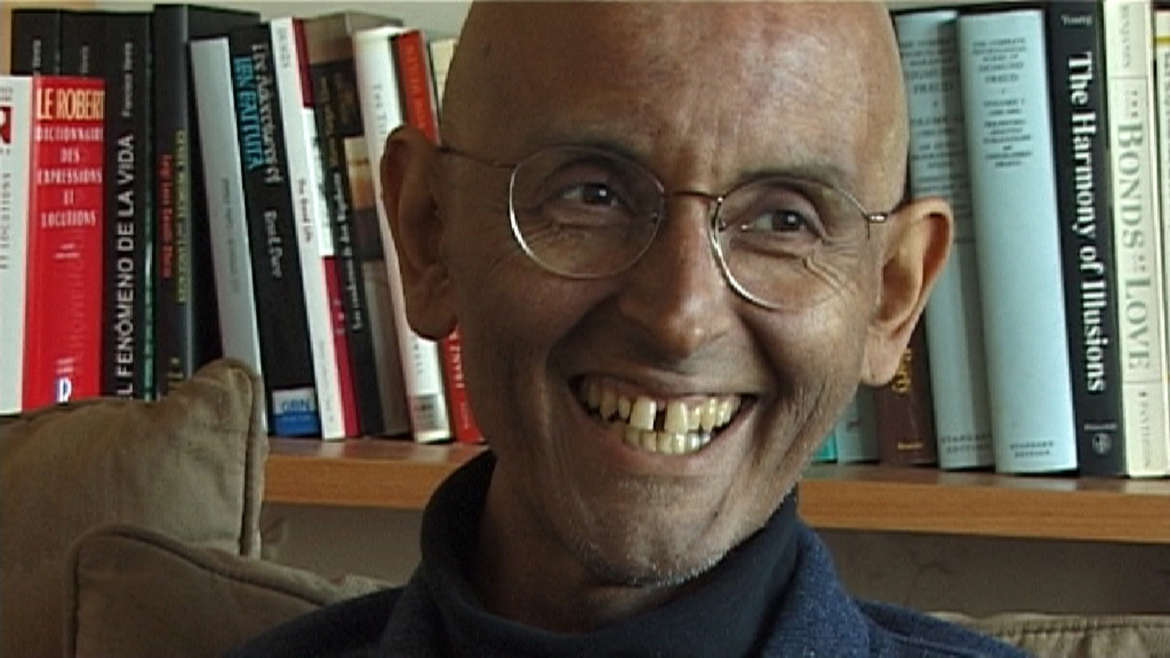
If contemplative neuroscience is the new religion, then Francisco Varela, biologist, neuroscientist, and philosopher, is among its patron saints. From his lab in Paris, where he directed a research group at the Centre National de la Recherche Scientifique from 1988 until his death, he oversaw many pioneer experiments, including one that measured the effects of meditation on the brain of a long-term meditation practitioner, the French-born Tibetan Buddhist monk Mathieu Ricard.
This modest idea partly laid the groundwork for a landmark neuroimaging study in brain plasticity conducted by Varela’s pal, Richard Davidson, at the University of Wisconsin-Madison. Yet for all his vision, Varela was keenly aware of the limitations of objective physical science to analyze and explain the advanced states of consciousness that certain meditation masters can reliably access. It was his conviction that subjective experience, traditionally thought to have no place in “good” science, could help elucidate the mysteries of consciousness.
It was his conviction that subjective experience, traditionally thought to have no place in “good” science, could help elucidate the mysteries of consciousness.
While an undergraduate at the University of Chile, legend has it that Varela barged into the office of the neurobiologist Humberto R. Maturana and declared that he wished “to study the role of mind in the universe.” Sizing him up, Maturana is said to have replied, “My boy, you’ve come to the right place.”
After completing his Ph.D. in biology at Harvard, Varela returned to Chile and collaborated with Maturana on autopoiesis, a theory that attempted to explain the nature of living systems. In the wake of the military coup of 1973, Varela and his family quit Chile and settled in the United States, where he accepted an assistant professorship at the University of Colorado Medical School. There he met his first Buddhist teacher, Chogyam Trungpa Rinpoche, who taught this fiercely cerebral man how to meditate. Varela fell hard for the practice and for Buddhist psychology and philosophy.

In 1987 he co-founded the Mind & Life Dialogues (now the Mind & Life Institute), a biennial gathering that started as a series of talks between a small group of cognitive scientists and the Dalai Lama about their respective disciplines, and grew to include the likes of Antonio Damasio, Paul Ekman, and Clifford Saron. Varela believed that science and Buddhism had much to teach each other. At a time when universities around the world are researching the neurological bases of meditation, it’s easy to forget that plumbing one’s inner depths for the benefit of medical science was once considered a bold idea.
Those who aren’t already steeped in the material may find Monte Grande hard to grasp. Apart from the inherent complexities of the subject matter, the documentary itself is needlessly confusing. The dramatis personae, for instance, are not clearly introduced. Interviewees (Anne Harrington, a science historian; Jean-Pierre Dupuy, a philosopher; and others) are identified by name only. Also much needed is a bit of historical context to locate Varela’s ideas and insights within a larger philosophical framework.
It seems the fractured narrative was deliberate on Reichle’s part. As he explains in a director’s note on the film’s website, the structure is “based on Varela’s non-linear thinking.” Unfortunately, the narrative, such as it is, feels disjointed and haphazard. Still, Monte Grande is a sincere and heartfelt film that rewards watching if only for a glimpse of a remarkable man whose contributions to the mind-body question deserve to be remembered.



